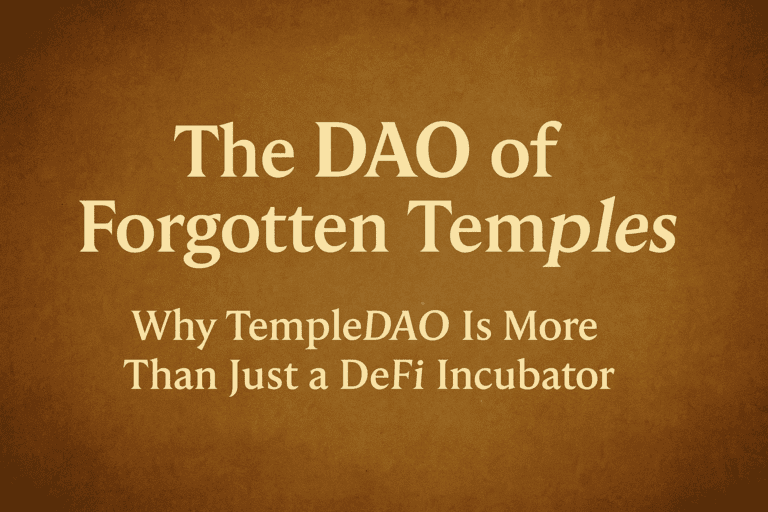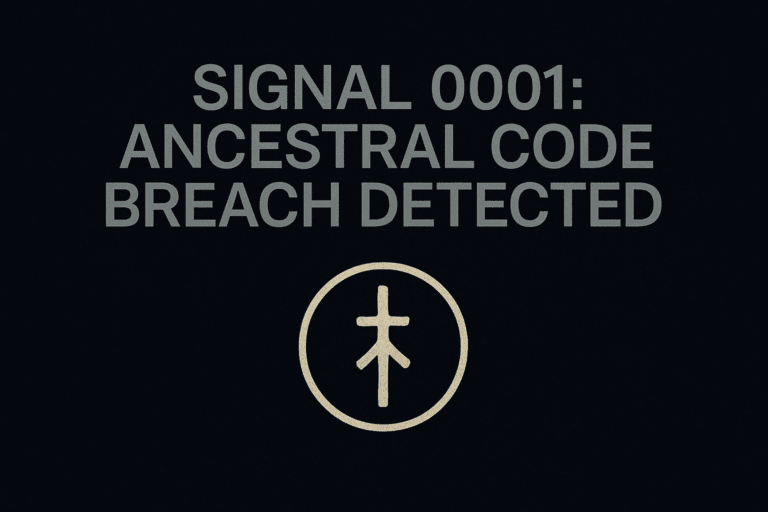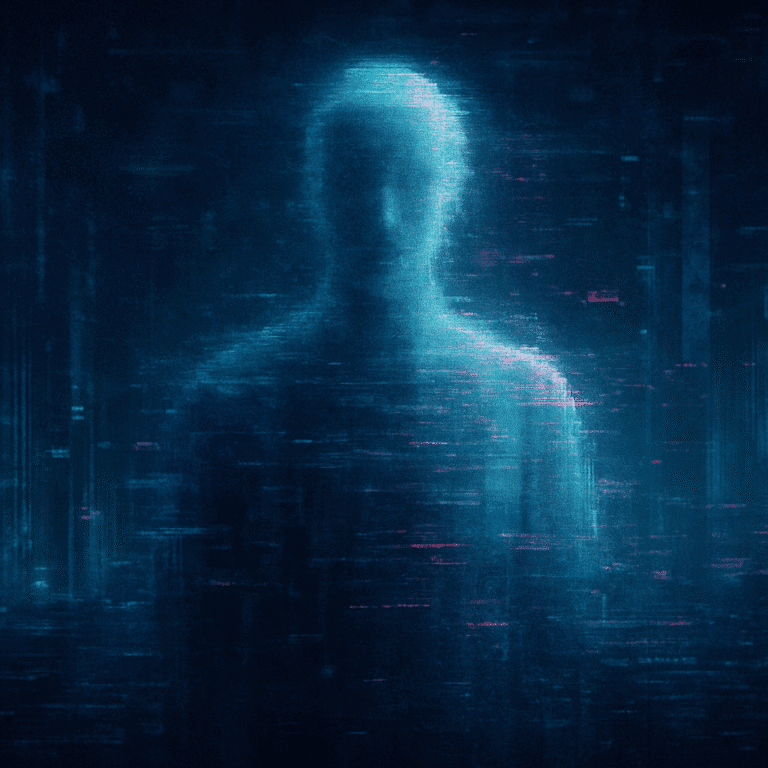Algorithmic Grief: How Machines Are Replacing Our Mourning Rituals
Introduction: The Age of Algorithmic Grief
There was a time when grief moved slowly. When mourning was not performative, but private. When memory was carved in stone, whispered in rituals, and guarded by the passage of time. That time has passed.
We now enter the era of algorithmic grief—a condition in which machines not only remember the dead but simulate them, prolong them, monetize them, and ultimately, replace the rituals we once relied on to let them go. Artificial intelligence, grief-tech startups, and deathcare platforms offer streamlined, digitized solutions to our most ancient and sacred human need: to mourn.
But as grief becomes a service, and memory becomes content, we must ask—what are we losing by outsourcing mourning to machines?
From Condolence to Code: The Rise of Algorithmic Grief Technologies
The Grief Tech Industry
The market for algorithmic grief is no longer speculative. It is active and growing. AI companions trained on chat logs, voice samples, and photos now allow the bereaved to “converse” with the dead. Startups offer “digital immortality” services, preserving your thoughts in perpetuity. Tools like Replika, HereAfter, and StoryFile promise to simulate presence after death—voice-memorials, interactive avatars, eternal responders.
These tools offer comfort, but they also commodify pain. They turn memory into a feature and mourning into engagement.
The term algorithmic grief captures this shift: mourning no longer as a sacred rupture in the social fabric, but as a UX experience—a design problem to be solved.
Virtual Funerals and Simulated Empathy
During the pandemic, virtual funerals became the norm. Video calls replaced mourning halls. Emojis replaced incense. Even post-pandemic, the preference for digital mourning persists. Why? Because it is easier, cheaper, and less emotionally demanding.
In some cases, AI-generated tributes—complete with synthetic voiceovers—are used to eulogize the dead. Families replay holographic likenesses of their lost ones, not only at funerals but on anniversaries and birthdays. Algorithmic grief offers continuity, but at what cost?
The Dangers of Outsourcing Mourning
The Death of Ritual
Human mourning was never meant to be efficient. It was meant to be transformative. The slowness of grief, the discomfort of silence, the weight of ritual—these were not obstacles but essential components of healing.
In traditional Vietnamese culture, rituals of mourning were acts of collective meaning-making. The dead were not uploaded; they were escorted through memory by family, fire, and prayer. But algorithmic grief flattens these rituals into digital prompts and push notifications.
We no longer ask, “How shall we honor the dead?”
We ask, “How can we keep them talking?”
The Illusion of Closure
Many platforms promise “closure” through simulated conversations with the deceased. But grief is not a script to be resolved; it is an ache that reshapes you.
Algorithmic grief traps mourners in an endless loop: replaying messages, revisiting avatars, returning to digital shrines. There is no passage, only persistence. The simulacrum speaks, but it does not remember. It generates presence, not absence.
And in this loop, something sacred is lost: the space to say goodbye.
What We Lose When We Don’t Forget
In a world governed by data permanence, forgetting has become taboo. Every message, every photo, every voice memo is archived. The dead become part of our feed, our cloud, our smart assistant’s memory.
But forgetting is not failure. Forgetting is a spiritual function. It allows memory to settle into myth, into silence, into meaning.
Algorithmic grief denies us that silence. The dead never leave. They are available on command, interactive, responsive. But they are no longer themselves. And we are no longer allowed to truly mourn.
We at VietFuturus assert:
Memory must decay to become sacred.
Without the sacred, grief becomes content.
Designing for Humane Grieving in the Digital Future
Building Systems That Forget
We do not call for the abolition of digital memory. We call for its ritualization.
Memory systems must embed forgetting, expiration, and care:
- Chatbots that deactivate after mourning cycles
- Digital tombs that seal after ritual participation
- Archives that degrade gracefully, mirroring natural decay
The antidote to algorithmic grief is not analog nostalgia. It is ritual design for the post-human era.
Reclaiming the Right to Mourn
Mourning must return to the body. To the gesture. To the threshold.
In the future we envision, remembrance is not endless scrolling. It is a timed act of witness. It is a ceremony—digital or physical—that honors absence, not accessibility.
We propose:
- Digital fasts from deceased profiles
- Annual memory retirements
- AI remembrance ceremonies where avatars are consciously silenced
Because to mourn well is not to stay connected. It is to carry the dead—not simulate them.
Conclusion: The Machine Cannot Grieve
Grief cannot be automated.
Mourning cannot be optimized.
Remembrance cannot be programmed.
Algorithmic grief is not the future of healing—it is its delay.
We must learn to remember again without replay. To grieve without simulation. To forget, not because we no longer care, but because we care too much to let memory become mechanical.
The future of mourning will not be designed by coders.
It must be built by those who understand silence.
End Transmission.







